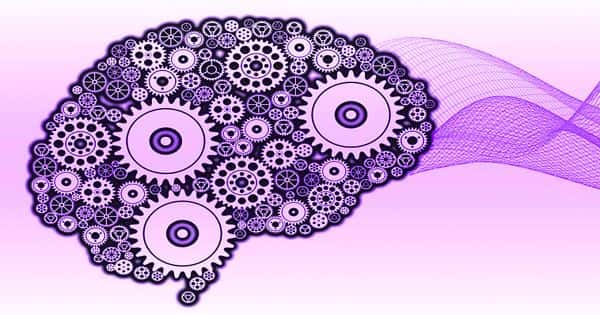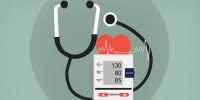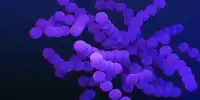Researcher found Autistic person’s nerve cells differ before birth
Autism Spectrum Disorder (ASD) is a neurodevelopmental disease that may cause severe social communication and behavioral problems. Autism is a neurodevelopmental disease that experts are now dating back to embryonic development, even if the condition is not diagnosed until at least 18 months of age. The research of scientists at King’s College London and Cambridge University, UK, is published in Biological Psychiatry by Elsevier.
Recent research of human brain cells reveals that atypical growth occurs at the very early stages of brain organization at the level of individual brain cells. This research indicates that atypic autism development of human brain cells occurs at the very early stages of brain organization, and may appear as early as the third week of pregnancy. This research can contribute to a greater understanding of brain function in both autism and normal people.
The brain cells of autistic people develop differently as compared to those of other individuals, according to a recent study. Atypical brain development begins at the very earliest stages of brain organization, at the level of individual neurons.
Deepak Srivastava, Ph.D., from the MRC Centre for Neurodevelopmental Disorders and the Department of Fundamental and Clinical Neuroscience at King’s College London, which oversaw the study, said In this study we used induced pluripotent stem cells, or iPSCs, to model early brain development. Our findings indicate that brain cells from autistic people develop differently to those from typical individuals.”
The research used induced pluripotent stem cells to re-create the creation of each sample in the womb. Researchers also isolated hair samples from nine autistic individuals and six normal people. Through injecting cells with a range of growth factors, scientists have been able to push hair cells to become nerve cells (or neurons), much like those located in either the cortex or the midbrain region.
Dwaipayan Adhya, Ph.D., a molecular biologist at the Autism Research Center in Cambridge and the Department of Fundamental and Clinical Neuroscience at King’s College London, said Using iPSCs from hair samples is the most ethical way to examine early brain growth in autistic people. It bypasses the need for animal research, is non-invasive, and only needs a single hair or skin sample per person.
At different points, the authors studied the appearance of the developing cells and sequenced their RNA to see which genes the cells released. On Day 9, the formation of neurons from normal people developed “neural rosettes,” a complex, dandelion-like structure that indicates the typical development of neurons. Autistic people’s cells developed smaller rosettes or did not form rosettes at all. And main genetic genes from autistic people were expressed at lower levels of cells.
At days 21 and 35, the cells of normal and autistic individuals varied greatly in a variety of ways, indicating that the makeup of cortex neurons varies in the autistic and normally developing brain.
John Krystal, Ph.D., Editor-in-Chief of Biological Psychiatry, said of the findings: “The emergence of differences associated with autism in these nerve cells shows that these differences arise very early in life.” In comparison to the differences shown in cortical neurons, cells meant to grow as midbrain neurons—a brain area not implicated in autism dysfunction—have shown only negligible changes.
“The use of iPSCs allows us to examine more precisely the differences in cell fates and gene pathways that occur in neural cells from autistic and typical individuals. These findings will hopefully contribute to our understanding of why there is such diversity in brain development,” said Dr. Srivastava.
Simon Baron-Cohen, Ph.D., Director of the Autism Research Center at Cambridge, who co-led the report, said Some people might be worried that fundamental research into discrepancies between autistic and normal brain prenatal may be meant to ‘prevent,’ ‘eradicate,’ or ‘cure’ autism. This is not our motivation, and we stand out in our ideals in standing up to eugenics and assessing neurodiversity. Such studies will lead to a better understanding of brain development in both autistic and typical individuals.”














